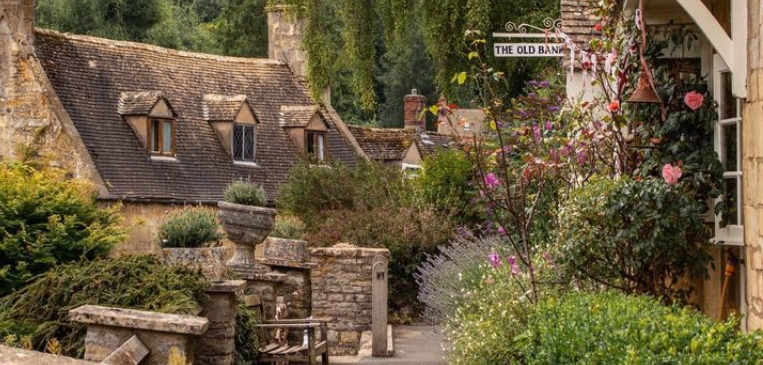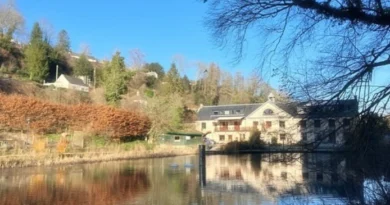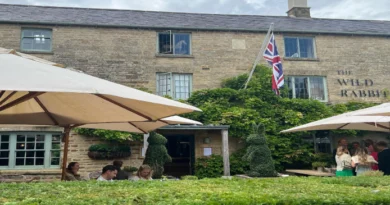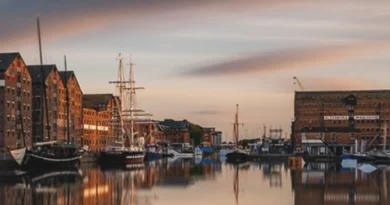Blockley in the Cotwolds – Things to see and do
Blockley is a village rich in history and heritage. Situated about four miles north-west of Moreton-in-Marsh, Blockley is a fascinating Cotswold village rich in history.
Until 1931, Blockley was an exclave of Worcestershire. Nowadays, the civil parish includes the hamlets of Draycott, Paxford and Aston Magna, along with the deserted hamlets of Northwick and Upper Ditchford.
Once owned by the bishops of Worcester, Blockley was one of the first villages in England to produce its electricity, thanks to the power of the Blockley Brook.
At the height of the silk boom in the 19th Century, Blockley had six silk mills, and around 600 people were employed locally in the trade. One of the mills can still be seen beyond a pool near the church, and the lovely Mill Dene garden has been created around another one. Many of the terraced cottages on the village’s northern edge were once occupied by silk weavers.
The Anglican parish church of St Peter and St Paul is utilised as St Mary’s Roman Catholic church of the Father Brown television series.
The show, which began airing on BBC One in 2013, stars Mark Williams as the eponymous crime-solving Roman Catholic priest, and Blockley’s vicarage is used as Father Brown’s residence.
Another of Blockley’s claims to fame surrounds a legendary tame trout which lived in a pool in the garden of Fish Cottage, Blockley, in the early part of the 19th Century and would reportedly take food from its owners’ hands.
Blockley was also home to a self-described religious prophetess named Joanna Southcott (1750-1814). She was born in Devon but spent the last ten years of her life at a secret retreat in Blockley.
After becoming persuaded that she possessed supernatural gifts, she wrote and dictated prophecies in rhyme, gaining a large following. Her followers, called Southcottians, are said to have numbered over 100,000 at one time but declined greatly by the end of the 19th Century.
A devout Southcottian, Miss Alice Seymour bought Rock Cottage in 1917 and turned it into a centre of the Southcottian Sect. Southcottians from around the world came to visit this shrine until a disastrous fire at Rock Cottage in 1971.




